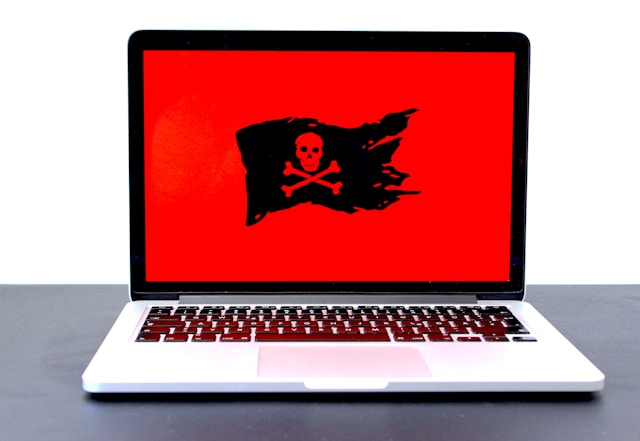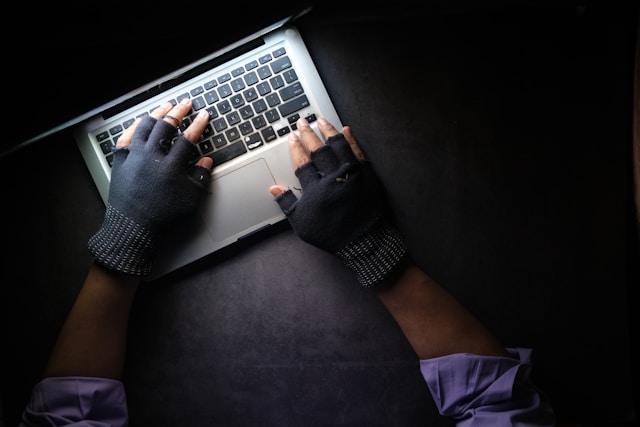Ransomware Expressed: What It Is and How to Keep Safe.
One of these types of threats that remains unseen is ransomware, which can turn your regular day at the computer into pure mayhem within a few minutes. You may have opened a file, read an email or logged in somewhere only to realize that your files are now scrambled or a ransom note is flashing neon red alerts at you like a warning.
It is weird how something that might appear silent and harmless on the face of it can cause the havoc that it does in such a short time.
Who Is at Risk?
To begin with, ransomware attacks all: businesses, freelancers, and even tech-savvy people. You must have imagined, I am attentive, it will not happen to me. However, even the most experienced administrators are deceived by disguised phishing messages or virus downloads.
Maybe you have been wondering why certain individuals have been hit when others have avoided the same. It is not chance–it is frequently planning, consciousness, and the little things that are carried on beforehand.
But have you ever wondered what you might do to decrease your risk? Is it possible to envision making some conscious steps that will not only cover your systems but also assist others in your surroundings to have a better idea of what the danger is?
The thing is that being active in regard to cybersecurity is like being the change you want to see in the world of Digital. When you own your devices and habits, you have an influence on more than yourself, as you also affect your colleagues, friends, and clients.

Why You Should Know About Ransomware.
Now you are asking yourself: why bother so much about ransomware? Is it not a simple technology buzzword? Well, take the example of this: the FBI, as of 2024, reported more than 16 billion dollars in internet crime losses, and one of the most common causes was ransomware.
This figure is tough to digest; however, it also makes clear how common and easy to avoid some of these attacks are. It is possible that you were thinking that cyberattacks are unavoidable, but by taking measures to prepare yourself, your exposure can be significantly lower.
Awareness will enable one to know how ransomware propagates. It can often come via such small holes–a software patch that has been patented long ago, a password that has been used before, or a forgotten email attachment.
You might have believed that you are safe since your system appears to be secure but the attackers often use the doors that people believe to be closed. The first step to becoming the change in your personal digital world is to identify these vulnerabilities.
How to Stay Safe
This is what you should not do; now that you know why it matters, you would be asking yourself what to do. You may believe that it is complex, costly, and time consuming. Nevertheless, it is not that difficult to protect yourself, provided that you take it in small daily steps.
Some of the practical methods of becoming the change to your digital safety are as follows:
Use multi-factor authentication and make passwords stronger. You might have used a password that you have used before, or skipped MFA and thought that you are not required to use it. Why not do it now and get your accounts, why not? Even minor changes can prevent easy access of attackers.
Check and test your backups. Some individuals think that it is sufficient to have backups. You might have thought that your files were secured, and you discover that a few months ago you had backups that do not function. Why not verify them today? This is even by merely restoring one file after a time to be sure that you are prepared should there be a disaster.
Be familiar with the dangers surrounding you. You might have been impatient with unexpected assaults, and helpless. Maybe, you wanted the clients or your colleagues to know more about cybersecurity risks. On the same note, you can be helpful by spreading knowledge, promoting good practices, or even simply giving guidance whenever your colleague receives a suspect email.

A Practical Approach
Suppose that ransomware attacks your computer the next day. What would you do first? Panic, such as most people do, but the simplest step is to isolate the affected device, break network connections, and make notes. You might have questioned yourself whether reporting to the authorities is different. It does. The report may be timely so that the attacks that are active may be monitored and other people may be prevented.
You may consider, I can purchase additional equipment to avoid this. In fact, it may be even worse to have many security products without being aware of them. Why not, then, be sparse of tools, and use them to purpose, and have an orderly routine? Resilience can be enhanced significantly by that simple change.
Be the Change Challenge
To conclude, I would like to urge you to make small and careful steps towards securing yourself and the people around you against ransomware. Cybercrime may seem too large to handle, but even the simplest steps, like one backup, one program update, one account lock, can make a difference.
Dare ye: do I challenge thee this week, choose three more practical things, and invest in them. You will be surprised at the extent of control you will have. What would you do immediately when your files have disappeared? Is it possible to begin today to minimize risk to yourself and other people? Maybe you will discover that responsibility is not merely avoiding loss, but it is also making the digital world safer to all.




